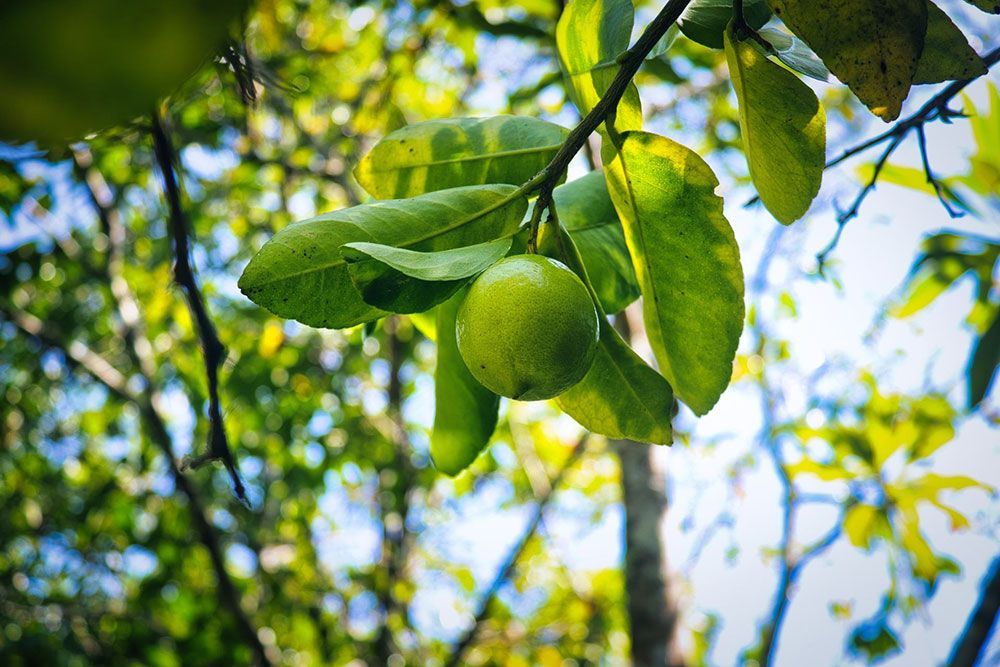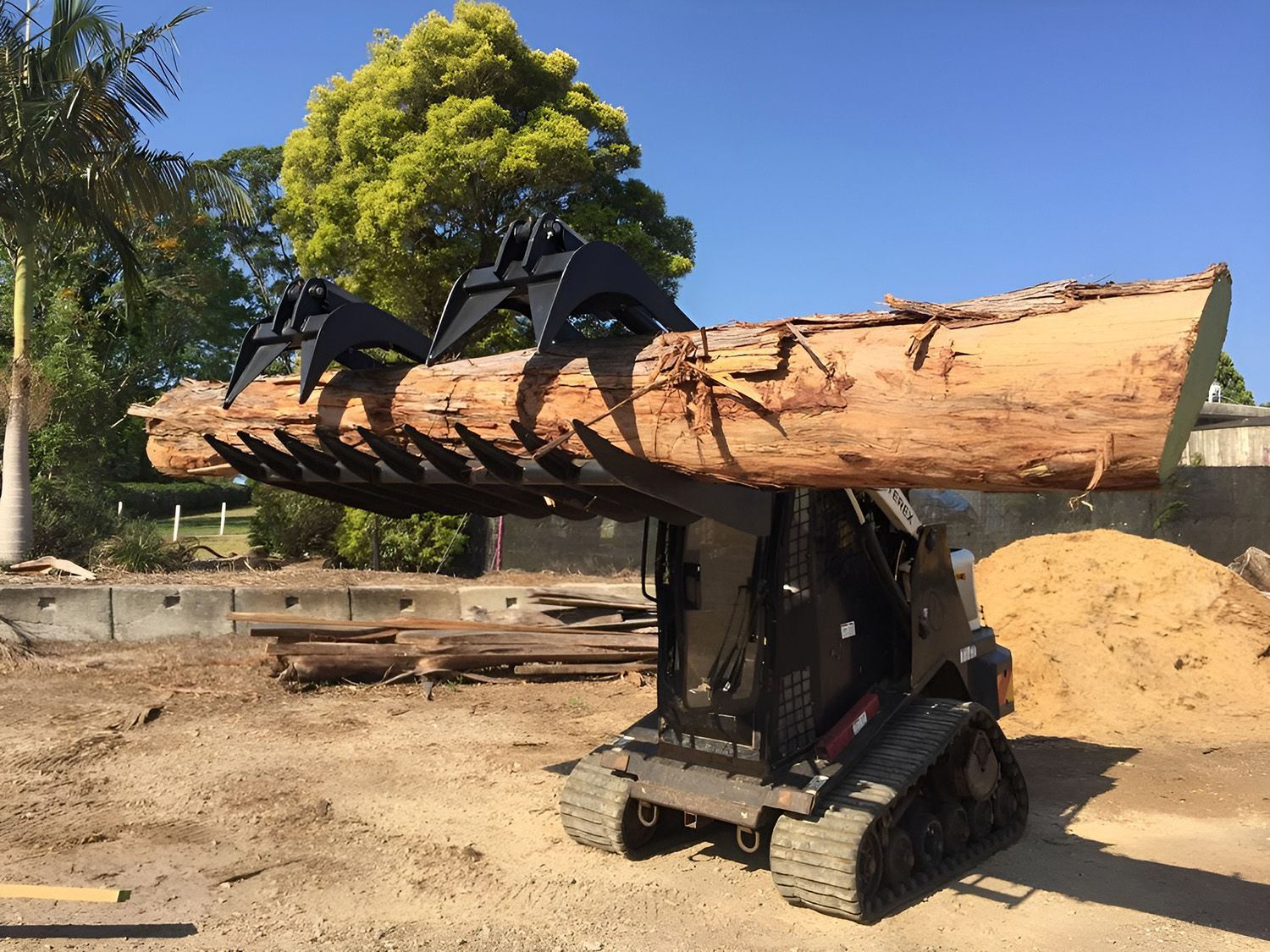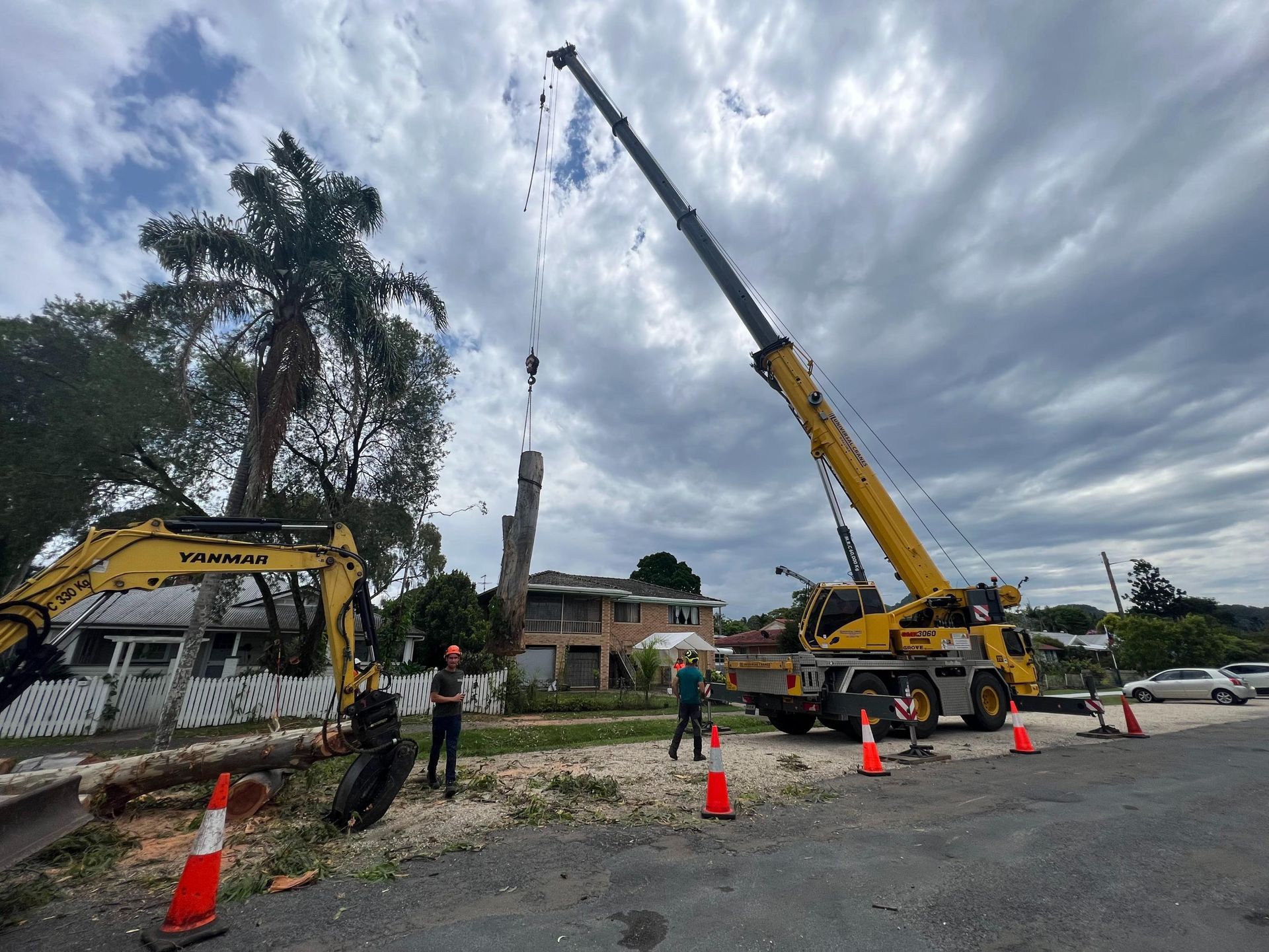Transplanting Mature Trees: Palm Trees, Lemon Trees & Magnolia Trees
Transplanting mature trees can be a challenging task, but with the right knowledge and preparation, it can be accomplished successfully. In this article, we'll provide you with a comprehensive guide to help you successfully move mature palm trees, lemon trees and magnolia trees, ensuring their long-term health and survival.
Understanding the Process of Transplanting Mature Trees
Transplanting Palm Trees
The first step in transplanting a palm tree is to consider where it will be moved to. This may include factors such as soil type, sunlight exposure and the presence of other trees or structures such as buildings and overhead powerlines that may affect the growth of the palm or cause damage.
When transplanting, take care to protect the trunk and fronds of the tree during the process. The tree should be dug up carefully, being mindful of the location of the root ball, and should be wrapped in hessian or a tarp to help prevent damage during transport.
Once the tree has been transported to its new location, it should be planted in a well-draining soil and watered thoroughly. Regular watering is important in the first few years after transplanting, as the tree adjusts to its new environment.
Transplanting Lemon Trees
Lemon trees can be challenging to transplant. Consider the season you’ll be transplanting—Autumn is best as the tree will be dormant and transplant shock will be minimised. Also consider the location the tree will be moving to and factors such as soil type and sunlight exposure.
Take care to dig it up carefully, being mindful of the location of the root ball—make it as large as you possibly can. If you are going to transport the tree over a distance, wrap it in a protective material such as damp hessian to prevent damage to the roots.
To plant, ensure you have a deep hole with well-draining soil and water it thoroughly.
Transplanting Magnolia Trees
Magnolia trees have a challenging root system that remains near the soil surface. Its best to only attempt a transplant on trees with trunks no bigger than 10.15cm in diameter, as anything larger is more likely to suffer from transplant shock. When selecting a location for the magnolia tree, consider that they can grow as high as 24 metres, so it is wise to plant them away from homes and structures.
When transplanting, don’t dig deeply, instead, dig widely around the trunk and make the root ball twice as wide if not more, than it is deep.
Then, ensure the magnolia is planted into a deep hole with well-draining, aerated soil. The magnolia may also need stabilisation while it becomes established, so consider the use of tree supports and have them set up before you plant.
Can I Transplant a Tree Myself?
While it’s possible to transplant a tree yourself, it can be incredibly risky and could end in disaster. To minimise the shock of transplant and death of the tree, it’s always best to contact a professional arborist to do the job. At Tallows Tree Services, our knowledgeable team is passionate about tree care and has had years of experience transplanting all kinds of trees. Get in touch with us today via our contact form or give us a call on 0401 208 797.








